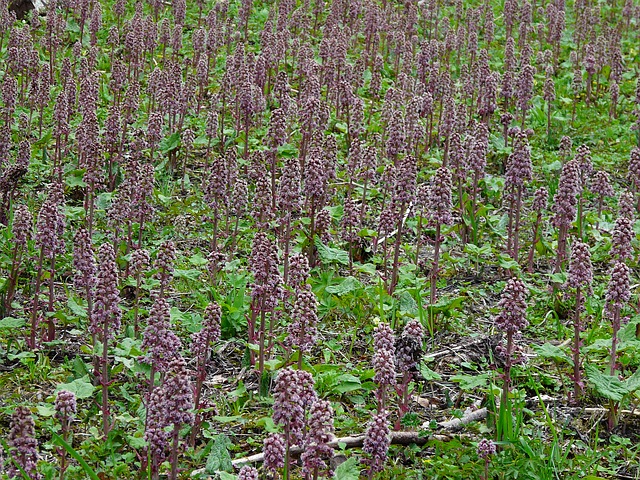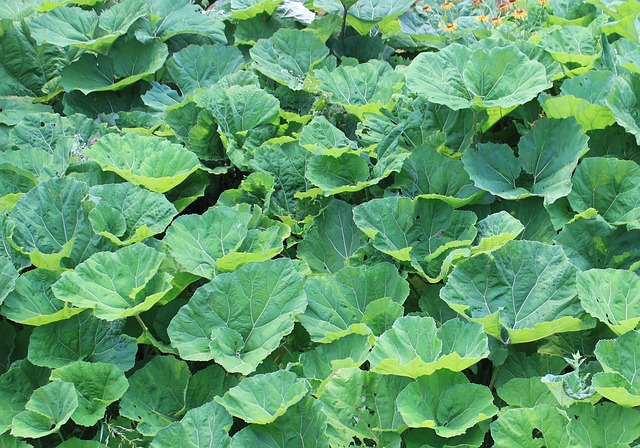 |  |  |   |  |
 |  |
Butterbur is a perennial plant with a thick and long taproot. The stem is up to 60 cm tall and up to 2 cm in diameter. The plant is hairy, the hair resembles a spider's web. After flowering, a rosette of leaves is formed. Rhizome leaves on long stems (<120cm), rounded heart-shaped, deeply split at the base, margin double-serrated. The underside of the leaves are grayish hairy, huge, up to 70-80 cm in diameter. The plant forms a dense clustered inflorescence at the top of the stem. Flowers in a dirty purple color. The plant blooms in April-May, the fruits ripen in May-June.
Leaves and rhizome with roots are collected for medicinal purposes. The leaves are collected in June-July, until rust-colored spots appear on them. The leaves are collected without stems. Dry in a place protected from the sun. Roots are dug in autumn, dried in any convenient way. Forced drying can be used for drying the plant, observing the temperature regime of 45-50C.
The plant contains essential oils (<0.1%), alkaloids, saponins (<7.6%), glycosides, resins, tannins (~5%), complex ester petazin, sesquiterpene alcohol, petazol, vitamin C and organic acids. The plant is rich in manganese salts, especially in the leaves.
Medicinal significance
In official medicine, the Butterbur plant is used as a plant with hypotensive, anticoagulant, antispasmodic and expectorant properties. However, the effectiveness of the plant does not end with the listed properties. In many countries, scientists prepare high-quality, pure extracts of the edematous valve and prepare antihistamines from them. This extract is also used to combat migraines.
Butterbur has disinfectant, analgesic, expectorant, diaphoretic, anti-inflammatory, wound-healing, antispasmodic and sedative properties.
In folk medicine, Butterbur is basically used as an antiperspirant. It is also often used as an expectorant, anti-inflammatory and antispasmodic agent to treat acute upper respiratory tract diseases - bronchitis, bronchial asthma, accompanied by excruciating cough. It is also used to treat acute and chronic laryngitis, hypersthenic type neurasthenia and hypertonia in the early stages.
Plant infusions and decoctions have a calming effect, they are recommended for use in cases of astheno-neurotic reactions and hysteria.
Compresses are made from the leaves of the plant to relieve pain in areas affected by rheumatism and gout. Because the plant has disinfectant and wound-healing properties, it can be used to treat wounds, abscesses, and boils.

